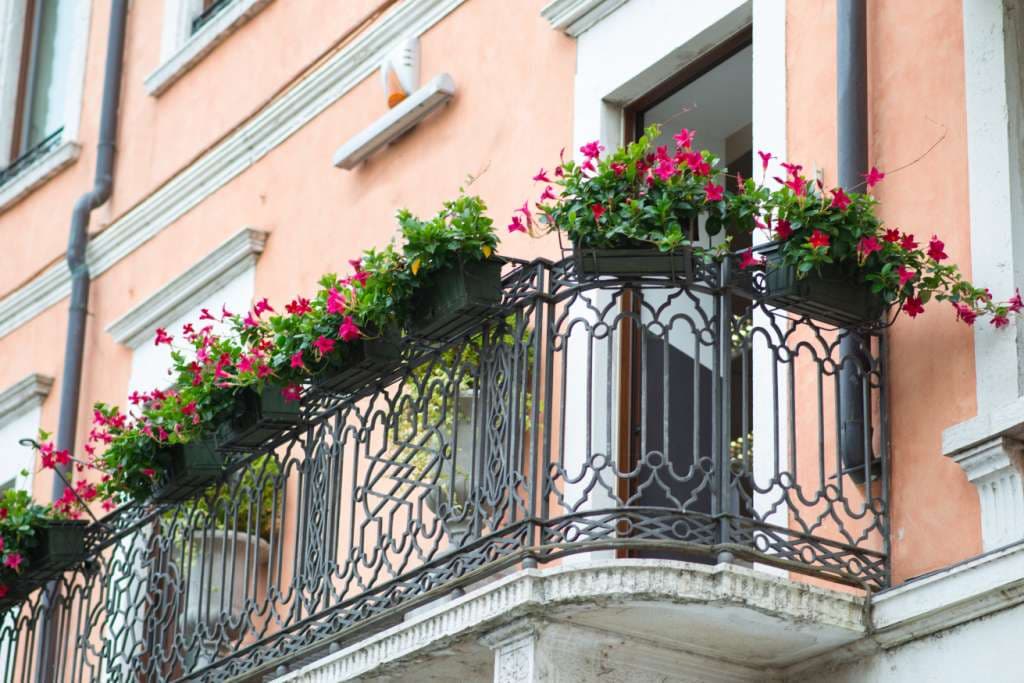
Installing safety railing particularly provided at the edge of balconies, terrace parapets and along the staircase are both very important for safety. Hence they need to be strong, durable and of such a design that standing along it, one would feel safe. It should be so dimensioned that even children are safe. At the same time, they also form an element of the house, which is visible and hence needs to be designed such that it enhances beauty and décor of the house.
What is Safety Railing
The safety rail is also known as guardrail or balustrade. The guardrail and balustrade consist of the horizontal member named rail, and the vertical member named baluster. They are fabricated units made of flat, square or round bars for safety purpose. Nowadays varieties of materials are used for making rail. They are prefabricated and prefinished at the factory or are manufactured in accordance with the approved drawings and materials.
Wood, stone, glass, aluminium, marble, Mild Steel (M.S), and Stainless Steel (S.S) are most popular materials for the safety rail.

Materials For Installing Safety Railing
Sometimes safety rails of brickwork and RCC with plaster are also used for constructing railing or balustrade. We have already discussed precautions for installation of window safety grills. Here are major precautions for installing safety railing. If you follow the precautions for installing safety rails, you will minimise the error at the time of work.
Guardrail (Safety Rail) provides safety to occupants so that they do not fall over the edge of stair or balcony etc. Nowadays they are available in readymade sizes with different designs, and load bearing capacity and with light weight pattern. The glass safety railings give the most elegant look to your balcony and hence enhance the overall look of the house.

Glass Safety Railing
(A) Things to Keep in Mind (TKM) Before Installing Safety Railing:
- First, finish the inside and outside plaster before commencing the installation work of safety rail.
- Finish the flooring work before fixing the guardrail.
- It is advisable to finish painting work before installing safety railing as cleaning of paint stains over railing will waste our precious time, and also increase the cost of construction work.
(B) Fabrication of Safety Railing:
01. The materials used for safety railing should be of good quality i.e. they should free from cracks, imperfect edges, surface flaws and rough texture.
The safety rail should also withstand rust and scale, as they are to serve for the long term.
It is preferable to choose the material like S.S, aluminium, wood or glass for the railing because when exposed to direct weather, they are not easily damaged due to corrosion and will also enhance the look of your home and building.
Nowadays S.S rails are very popular as it is free from corrosion, needs practically no maintenance or painting, easy to clean, lightweight and also looks decent and elegant.
In the Case of the M.S railing, anodizing is recommended. The anodizing is a protective coating used for metals and it will protect the metal from corrosion.
Critical Dimensions:
Though normally 3’ 00” i.e. 90 cm high rail is provided, we recommend minimum 100 cm or 3’ 3” for safety particularly in high-rise buildings.
02. The spacing between the bars or rods of M.S safety railing or S.S safety railing should be welded as close as possible as children safety is your first concern.
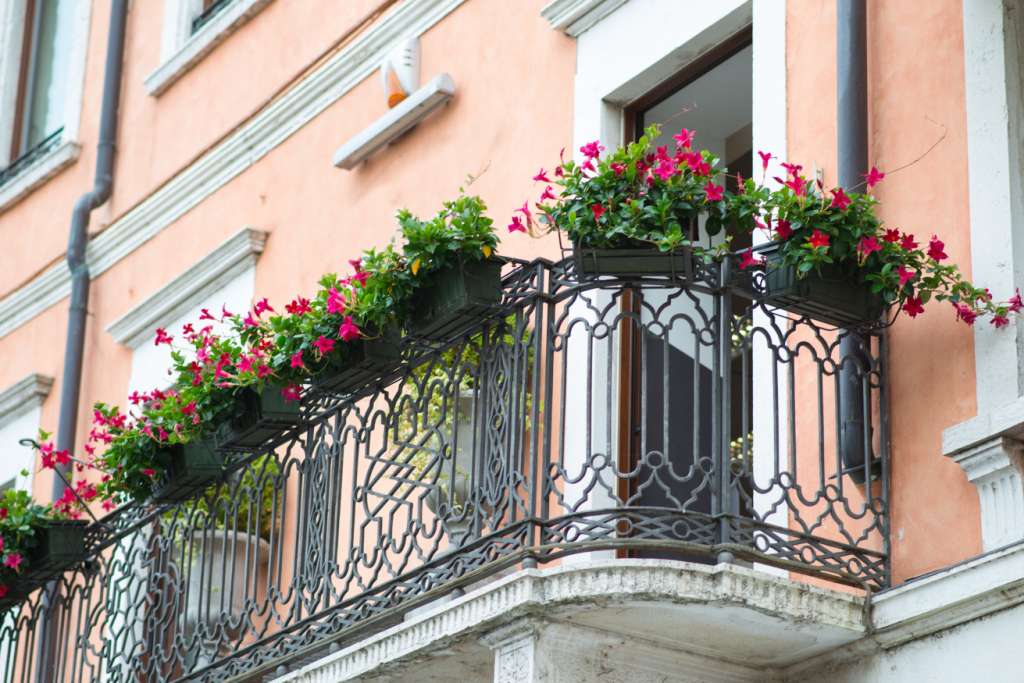
M.S Safety Railing
03. Measures the dimensions of the site first and then make or order the rail so error while installation will be minimize.
In the case of the wooden railing, you should season the wood first, and then join the pieces together as near as possible.
Minimum spacing between two vertical members or bars should be 5” or 125 mm so that children cannot get through it.
Though for aesthetics architects design varieties of design, simple rail with only vertical bars is most recommended from safety point of view. Any horizontal member in between safety railing helps children to climb over it, which can be very dangerous. So avoid fancy designs or designs with horizontal members as it is not safe for children and one day they are going to be there in your house.
04. Fabricate the safety rail according to height and space. Cut the bars and rods of the railing with a bar or rod cutting cutter to increase the accuracy of fabrication work.
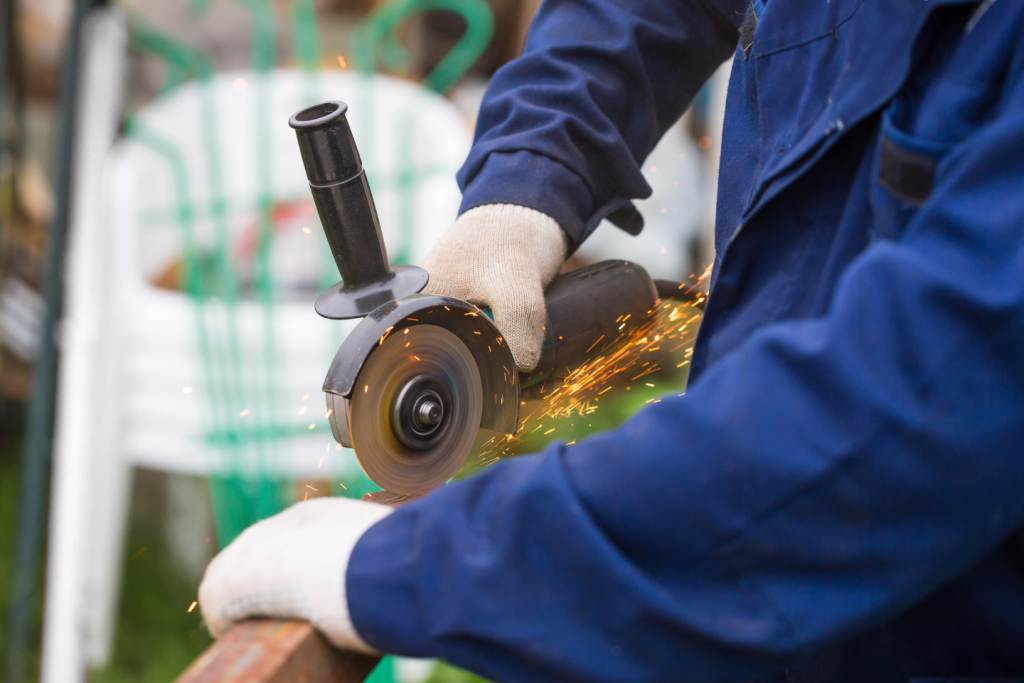
Worker With a Bar or Rod Cutting Cutter
05. Drill the counter holes (Sunken holes) in the safety railing before pieces are fixed together. It is advisable to drill the holes with drill machine only.
06. Remember that cavity hole should not remain after welding and grind the sharp welds to get a smooth surface so that it does not injure users in the case of M.S Safety Railing.

Worker Welding M.S Safety Railing
07. Guard rail (Safety railing) needs to be at the right angle so all the member should be fabricated and pre-fixed straight to achieve uniformity.
08. Don’t choose the safety rail with very curvy, floral and complicated designs. It is not only difficult to clean but also difficult to clear rust while repainting.
It is always advisable to paint the rail first before fixing (at least one coat) as you can reach all surfaces which otherwise becomes difficult to reach after fixing particularly in the case of the railing with curvy designs.
(C) Precautions while Installing Safety Railing:
It is necessary to follow the precautions while installing safety railing for good construction practice. Precautions while installing safety railing will also help to reduce the time of construction as well as reduce the cost of installation by minimising the errors.
01. Check the site dimensions first and then make or order the railing, so it will easily fit afterwards. Don’t simply order from drawings, as any small discrepancy on the site will make it difficult to fix.
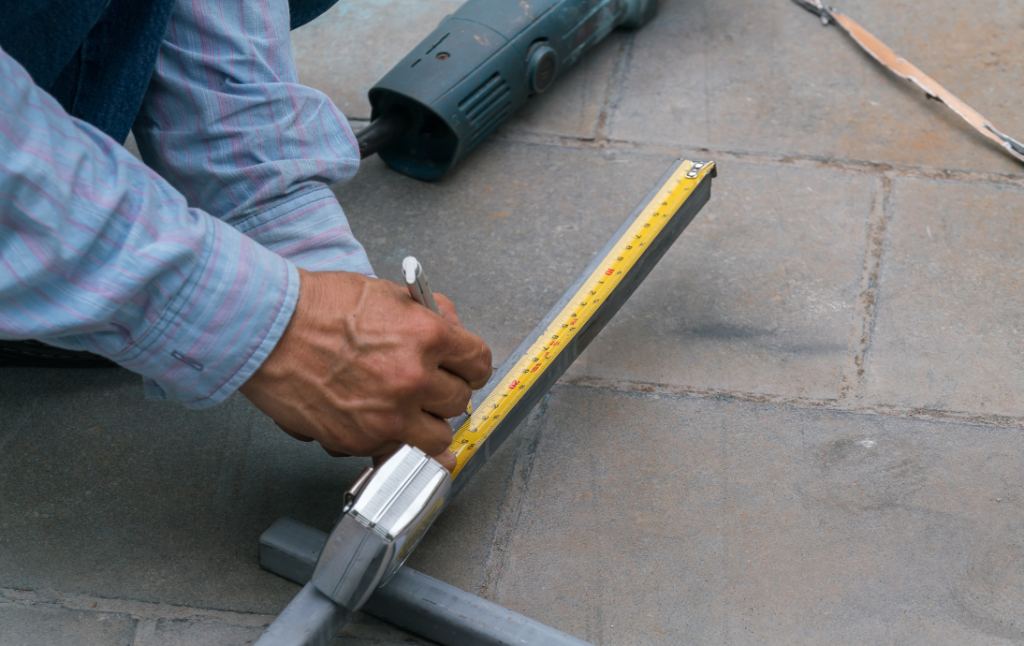
Worker Measuring Dimensions
Check site dimensions, and it shall be verified with drawing. If any discrepancies are found in the fabrication of guard railing, report to the contractor immediately.
02. Ensure that railing confirms the standard specifications or the drawing.
03. Before commencing the work, ensure that you have all the plants, tools, and equipment for installing a guard rail.
Ensure that both the ends of railing are fixed or anchored in two end walls. This will provide adequate resistance against overturning. Never rely on fixing only at the bottom.
The bends at the change of flight in the staircase are very critical and need very skilled work. Otherwise, it will not only look ugly but will also not provide smooth flow.
Avoid too thin rods or bars, as it will not have enough strength.
List of Plant, Tools and Equipment to be Used for Installation:
- Electric drill
- Screwdriver
- Leveler
- Welding machine
- Metal or woodcutter
- Other metal or wood work hand tools
04. Stack all fabricated railing or factory made railing at a nearby place, where installation work is to be carried out.
05. Do top level, plumb marking and marking for holes of the sole plate before installing a guard rail. The top of safety railing should be at same level. Provide minimum 1000 mm height vertically from the floor. Make proper holes in flooring.
06. Use anchor fastener for installing safety railing. They withhold the railing in position for very long period. Anchor fasteners do not corrode easily.
See that the head of the anchor fastener does not remain on the surface of the floor/wall, as it will be uncomfortable at a time of cleaning.
07. Apply paint or coating before installing safety rail to ensure the long life performance of M.S and wooden railings. It is advisable to paint the wooden railing or M.S railing every year before monsoon season.

Worker Paint the Wooden Railing
(D) Safety Precautions while Installing Safety Rail:
Safety precautions are vital to ensure the safety of the workers while safety railing. The most important question is that how to stay safe while installing a guard rail.
Here are Some Safety Precautions while Installing Safety Railing which Helps you to stay Safe at a Time of Installation:
01. First-Aid measures should be available nearby workplace.
02. Use safe lifting technique and enough workers for handling and placing of the railing.
03. Use skilled and experienced workers, who follow the standard construction methods while railing installation,
04. Provide safety measures to all workers and measures like the helmet, hand gloves, face mask, glasses and shoes of ISI Mark.
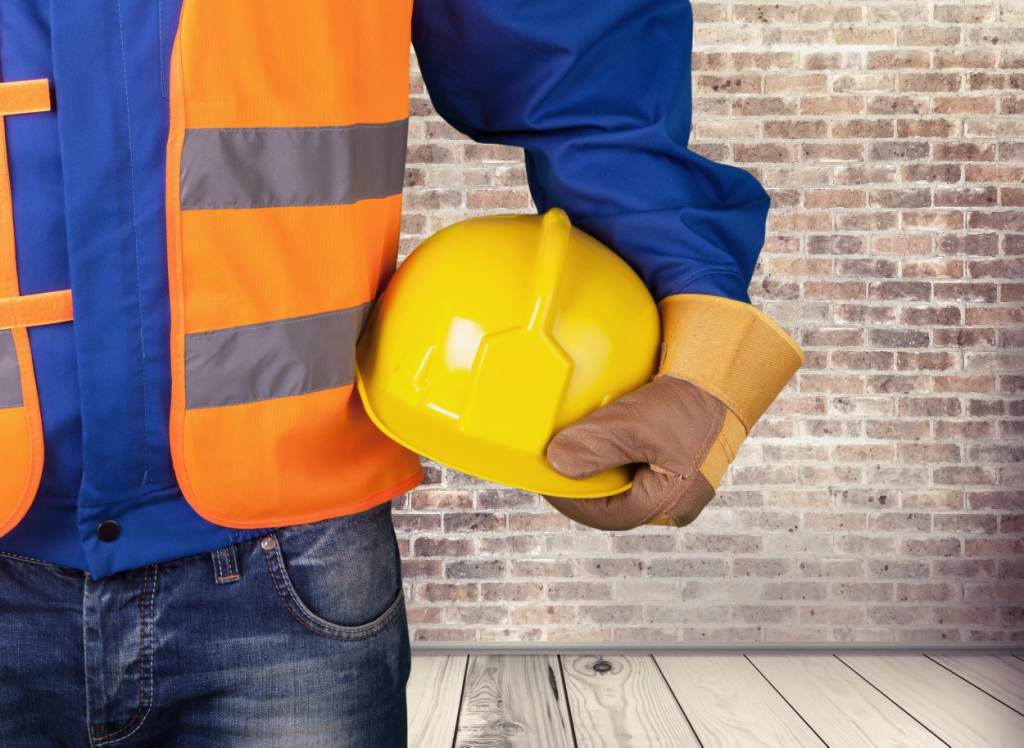
Worker With Safety Helmet, Hand Gloves
It is necessary to read and follow the above precautions to obtain a better quality of the railing work at a time of installation. Out of all railing, stainless steel rail is the best in performance, and it enhances the look of the home. The life span of S.S railing is long as they will not corrode easily. They have also good strength. They are light in weight. The cost of material is the little bit more, but it is acceptable against all above characteristics.
Must Read:
Precautions while Installation of Window Safety Grill
Precaution for Construction of Brick Walls!
Precaution for Plaster Work in Construction!
Precautions While Installing Tiles
Precautions for Safe Excavation Work






























